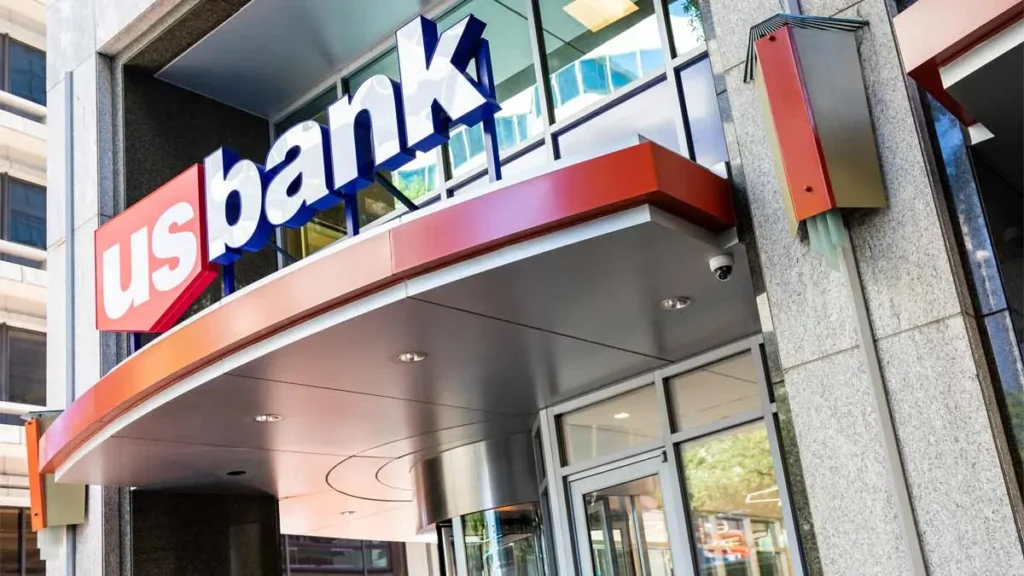The largest banks in the United States are preparing to report stronger profits for the third quarter of 2025, fueled by a sharp rebound in investment banking activity. After a year of sluggish performance, renewed deal-making and capital market transactions are driving a much-needed recovery in earnings.
Analysts expect the six biggest financial institutions—JPMorgan Chase, Bank of America, Citigroup, Goldman Sachs, Morgan Stanley, and Wells Fargo—to post higher revenues as corporate clients return to the markets. Mergers, acquisitions, and initial public offerings have increased over recent months, signaling renewed business confidence amid easing economic concerns.
Industry experts say this surge reflects improving investor sentiment, stabilized inflation, and stronger consumer demand. After a period of cautious spending and limited market activity, companies are again pursuing expansion and restructuring plans. The resulting flow of deals is generating higher advisory and underwriting fees for banks that had been under pressure to restore profitability.
The boost in U.S. bank profits also highlights how well financial institutions have adapted to changing economic conditions. Many banks diversified their income streams in recent years, expanding into wealth management, credit services, and digital banking. With markets showing signs of recovery, these strategies are now paying off.
Equity and bond underwriting have both shown significant improvement since early 2025. Market data suggests that new stock listings and corporate bond sales have grown by double digits compared to the same period last year. Goldman Sachs and Morgan Stanley, which rely heavily on investment banking income, are likely to benefit most from this surge.
JPMorgan Chase, the nation’s largest bank, is expected to report solid growth in both trading and consumer banking segments. Analysts believe its diversified portfolio and strong retail base have positioned it well to capture the upside from rising market activity. Bank of America and Citigroup are also projected to post gains, supported by improved credit quality and higher fee income.
The rebound in deal-making follows several quarters of weaker performance caused by high interest rates and economic uncertainty. As the Federal Reserve signaled a pause in rate hikes earlier this year, financial markets regained momentum. Lower borrowing costs have made corporate financing more attractive, encouraging companies to return to capital markets for funding and expansion.
Despite the optimistic outlook, analysts remain cautious about the long-term sustainability of these gains. Global market volatility, geopolitical risks, and potential changes in monetary policy could still pose challenges. However, for now, the combination of revived corporate activity and stable credit conditions is giving Wall Street much to celebrate.
Consumer banking divisions are also seeing modest growth. While borrowing costs remain elevated, loan demand from households and small businesses has begun to pick up. This recovery in lending, combined with better credit performance, is helping banks maintain a healthy balance between retail and investment operations.
Financial experts say that if current trends continue, U.S. bank profits could return to pre-pandemic levels by early 2026. This would mark a full recovery for the sector, which faced significant headwinds from regulatory changes and economic shocks in recent years.
Investors appear encouraged by the latest developments, as share prices for major banks have climbed steadily in recent weeks. Market watchers suggest that strong third-quarter results could spark renewed confidence across the broader financial sector, potentially lifting other industries connected to investment and consumer spending.
The coming earnings season will provide a clearer picture of how much momentum the banking industry has regained. For now, the outlook appears promising, with the rebound in deal activity acting as a key driver of profitability. As companies continue to seek capital and expand operations, the U.S. financial sector looks set to benefit from a more active and optimistic business environment.


